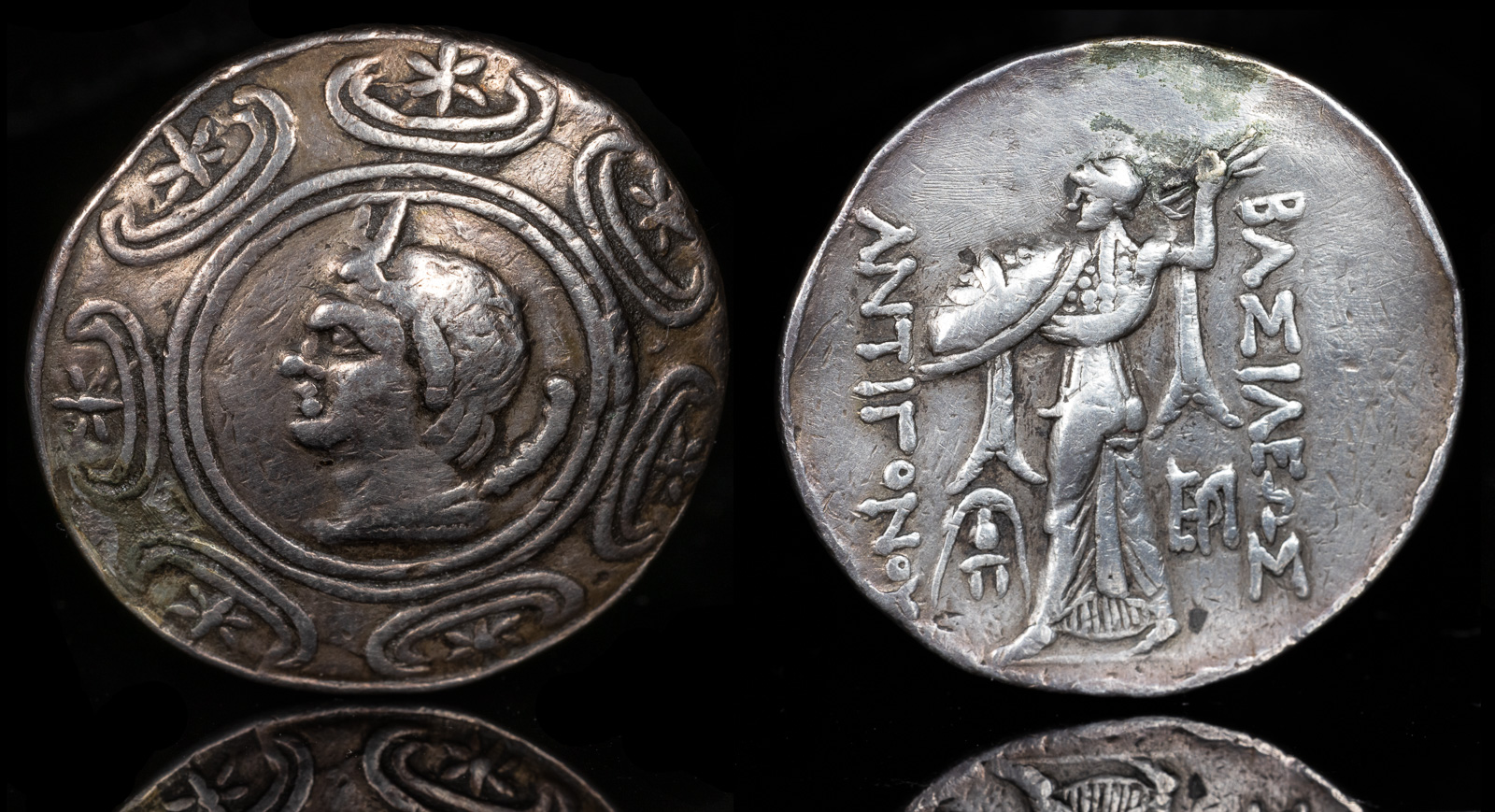Pan
View All Tags
One of Pan’s primary responsibilities was safeguarding shepherds and their flocks. As the deity of the countryside, he was believed to watch over the well-being of herders and ensure the fertility and health of their livestock. Pan’s presence was especially significant in mountainous regions and secluded valleys, where he was thought to roam freely. Shepherds would offer prayers and sacrifices to Pan, asking for his protection against predators and natural calamities that might threaten their livelihood.
Beyond his role in pastoral life, Pan was seen as a guardian of the wild. He represented the unspoiled beauty and unpredictability of nature, making him a deity both revered and feared. Pan was also associated with fertility, not only in terms of livestock but also in the broader context of agricultural abundance and human reproduction. His vigorous and energetic nature embodied the primal life force, and his myths often emphasized his amorous pursuits and connection to the cycles of growth and renewal.
Pan was famously credited with the invention of the panpipe (syrinx), which became his signature instrument. His music was said to echo through the forests and hills, captivating both mortals and gods. As a patron of rustic music and revelry, Pan played a central role in celebrations and festivals dedicated to nature and fertility. His influence extended to Dionysian rituals, where his wild and ecstatic spirit aligned with the themes of liberation and joy.
While Pan was generally a benevolent protector, he also inspired a more fearsome aspect: the sudden, irrational fear known as “panic.” This phenomenon was attributed to his presence, particularly when startled or angered. In military contexts, it was believed that Pan could instill panic in enemy forces, causing disarray and retreat. This duality of being a nurturing protector and a source of fear made Pan a complex and powerful figure in Greek mythology.
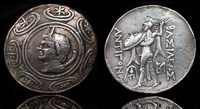
Antigonos II Gonatas 277-239 BCE
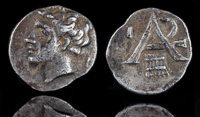
Megalopolis 320-275 BCE
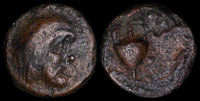
Nagidos, Cilicia 4th century BCE
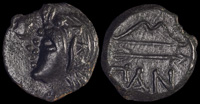
Pantikapaion 300 BCE
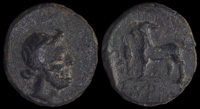
Syros, Cyclades 3rd-1st century BCE
